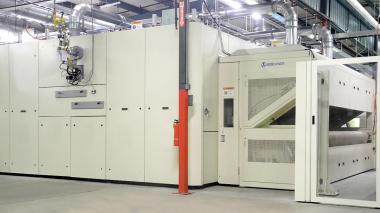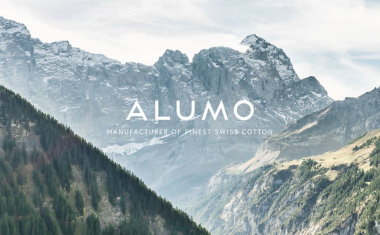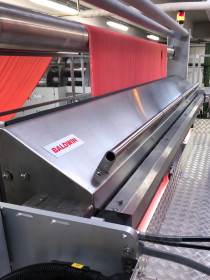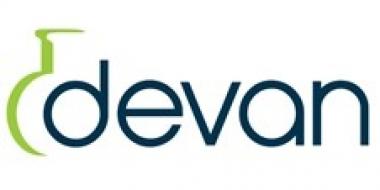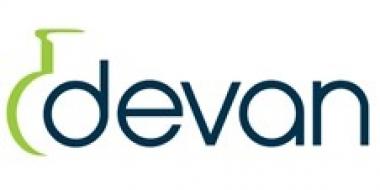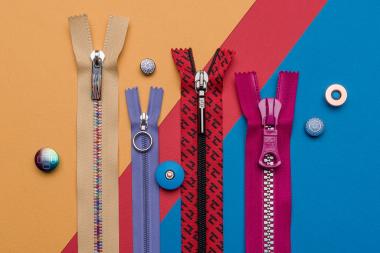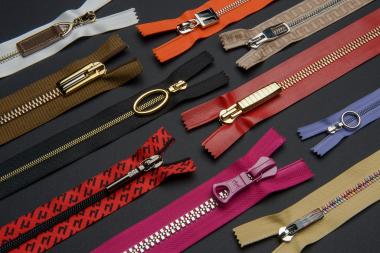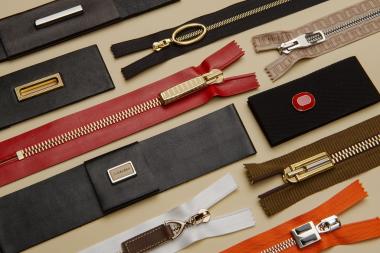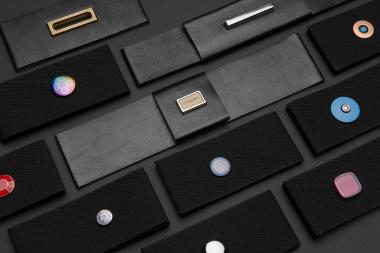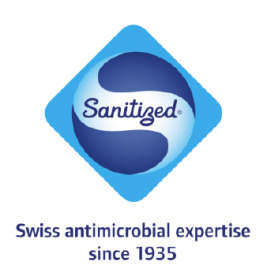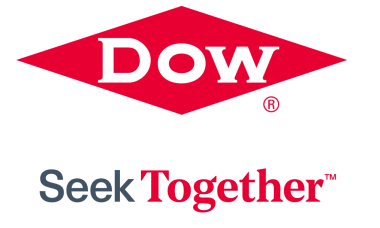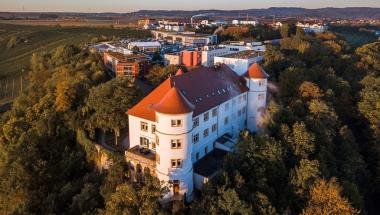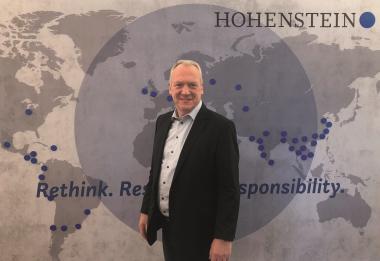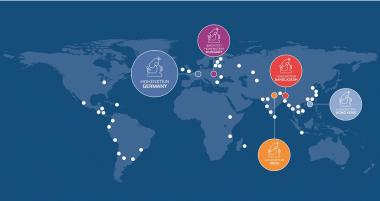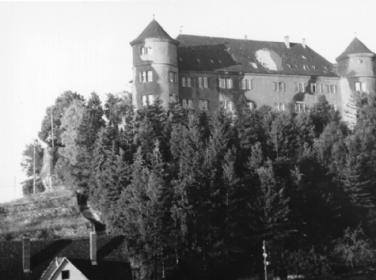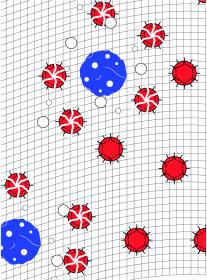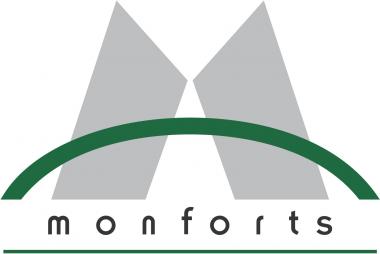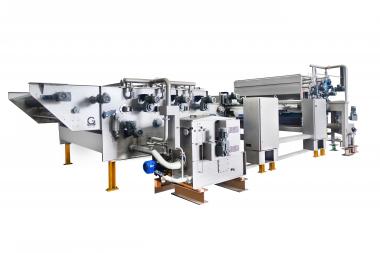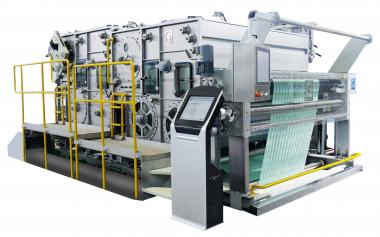BRÜCKNER presents products for the nonwovens industry at IDEA
For more than 70 years BRÜCKNER has been in the construction of drying and finishing lines for the textile and nonwovens industry. In the nonwovens sector, the company supplies worldwide thermofusion ovens, dryers, coating and heat-setting lines. On the IDEA 2022 trade fair in Miami, USA, BRÜCKNER presents together with its American representation FI-TECH new machine concepts and solutions for different applications in the mentioned fields.
The production of nonwovens always requires a bonding process after the nonwovens formation, where the loosely laid fibers are bonded to a resilient fiber composite. For this purpose, depending on the process, different ovens and dryers are used. BRÜCKNER supplies the necessary lines for all applications. The production program is completed by different impregnation and coating units as well as slitting and winding equipment. BRÜCKNER's customers produce geo nonwovens, filter media, hygiene and medical textiles or different fabrics for the automotive and transport industry
For the production of highloft nonwovens the double-belt thermofusion oven SUPRA-FLOW BX is used. This oven system operates according to the air-through principle and can be perfectly adapted to the product requirements in terms of flow speed, flow direction and temperature on a field-by-field basis.
The SUPRA-FLOW BX can produce nonwovens up to a thickness of 280 mm and a basis weight of max. 8 kg/m². The available working widths vary between 2400 and 5200 mm at production speeds of up to 100 m/min.
For geotextile projects, the POWER-FRAME stenter is usually used, which impresses with its uniformity in terms of temperature distribution as well as productivity. In addition, the fabric can be stretched in a targeted manner by transporting it in the stenter chain. This has a controlled influence on fabric width, fiber orientation and fabric shrinkage. Working widths of up to over 7 meters are not uncommon with geotextile finishing systems.


